Difference between revisions of "CSC103 Weekly Schedule Spring 2012"
(→Weekly Schedule) |
|||
| Line 122: | Line 122: | ||
* '''Monday''': | * '''Monday''': | ||
| − | ** [[CSC103 PC Demolition Lab 2012| '''Let's Take-Apart a PC ''' lab]]. Ford Hall Foyer. Pictures can be found [http://www.facebook.com/media/set/?set=a.10150543054626884.380818.264041891883&type=1 on the CS Facebook page] | + | **[[Image:LabLogo.png|50px|right]] [[CSC103 PC Demolition Lab 2012| '''Let's Take-Apart a PC ''' lab]]. Ford Hall Foyer. Pictures can be found [http://www.facebook.com/media/set/?set=a.10150543054626884.380818.264041891883&type=1 on the CS Facebook page] |
** How hard disks work: | ** How hard disks work: | ||
<center><videoflash>uJKxUPlhvZY</videoflash></center> | <center><videoflash>uJKxUPlhvZY</videoflash></center> | ||
| Line 168: | Line 168: | ||
<center>[[File:MultiCorePerformance.jpg|300px]]</center> | <center>[[File:MultiCorePerformance.jpg|300px]]</center> | ||
---- | ---- | ||
| − | * [[CSC103 Assembly Language Lab | Assembly Language Lab]] | + | * [[CSC103 Assembly Language Lab | Assembly Language Lab]] [[Image:LabLogo.png|50px|right]] |
* [[CSC103 Homework 4 2012 | Homework 4]] and [[CSC103 Homework 4 solution 2012| Solution program]] | * [[CSC103 Homework 4 2012 | Homework 4]] and [[CSC103 Homework 4 solution 2012| Solution program]] | ||
|| | || | ||
| Line 191: | Line 191: | ||
**[[CSC103 Processing Lab| Processing Lab]] in FH 241 | **[[CSC103 Processing Lab| Processing Lab]] in FH 241 | ||
---- | ---- | ||
| − | * [[CSC103 Processing Lab| Processing Lab]] and [[CSC103_Processing_Lab#Solutions | Solution sketches]] | + | * [[CSC103 Processing Lab| Processing Lab]] and [[CSC103_Processing_Lab#Solutions | Solution sketches]][[CSC103_Processing_Lab | lab]] |
* [[CSC103 Homework 5 2012| Homework #5 ]] | * [[CSC103 Homework 5 2012| Homework #5 ]] | ||
|| | || | ||
Revision as of 09:13, 6 March 2012
Office Hours: M 1:10-3:00 p.m., W 4:00-6:00 p.m.
Weekly Schedule
| Week | Topics | Reading |
| Week 1 1/30 |
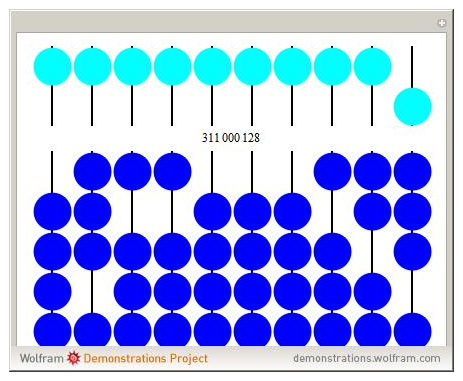
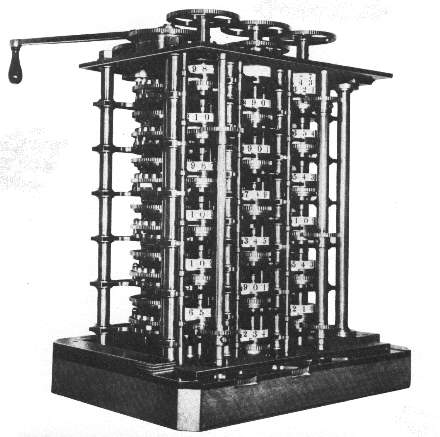
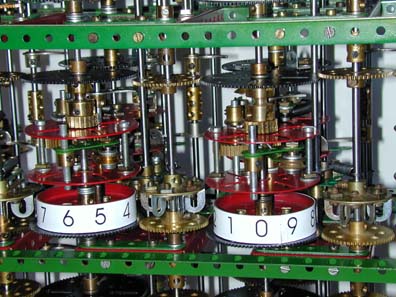
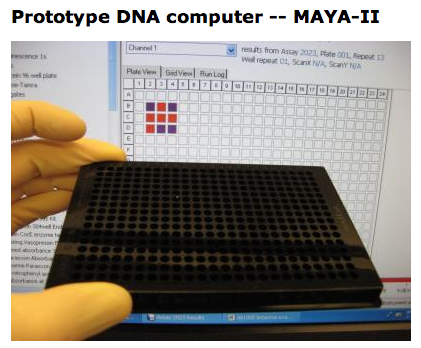
(start at 1min 47sec)
|
|
| Week 2 2/6 |
|
Reading:
|
| Week 3 2/13 |
|
Reading:
|
| Week 4 2/20 |
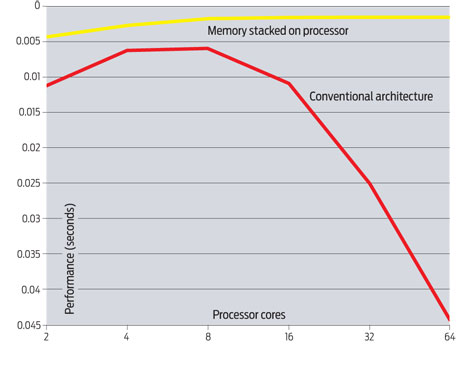 |
|
| Week 5 2/27 |
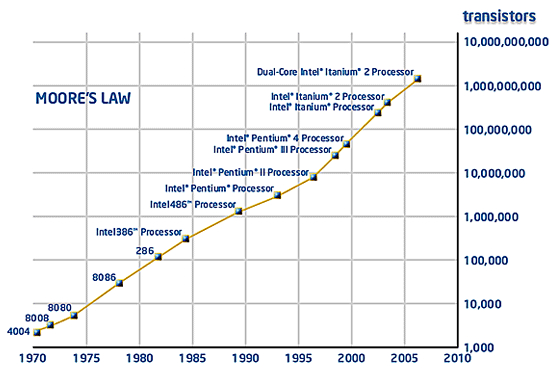
|
Primary:
Secondary |
| Week 6 3/5 |
|
|
| Week 7 3/12 |
|
|
| Week 7 3/19 |
|
|
